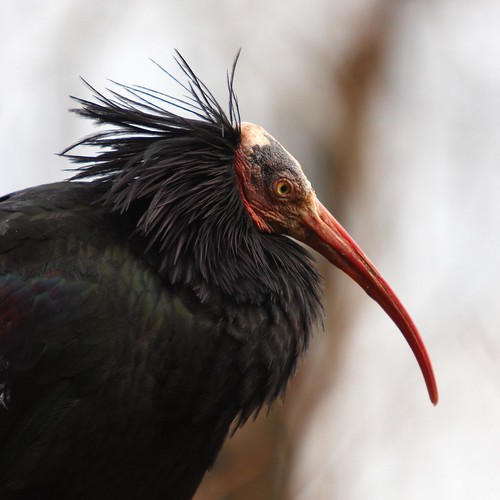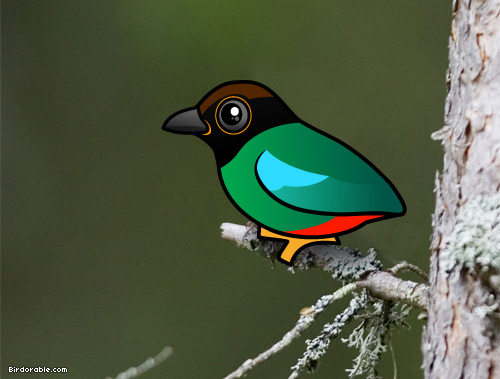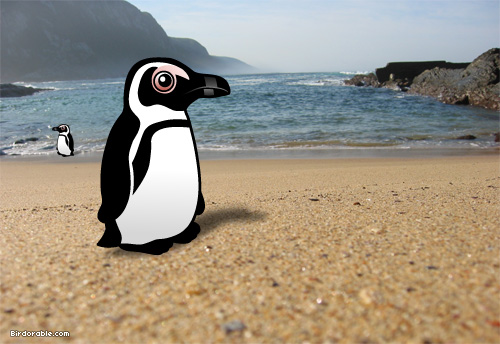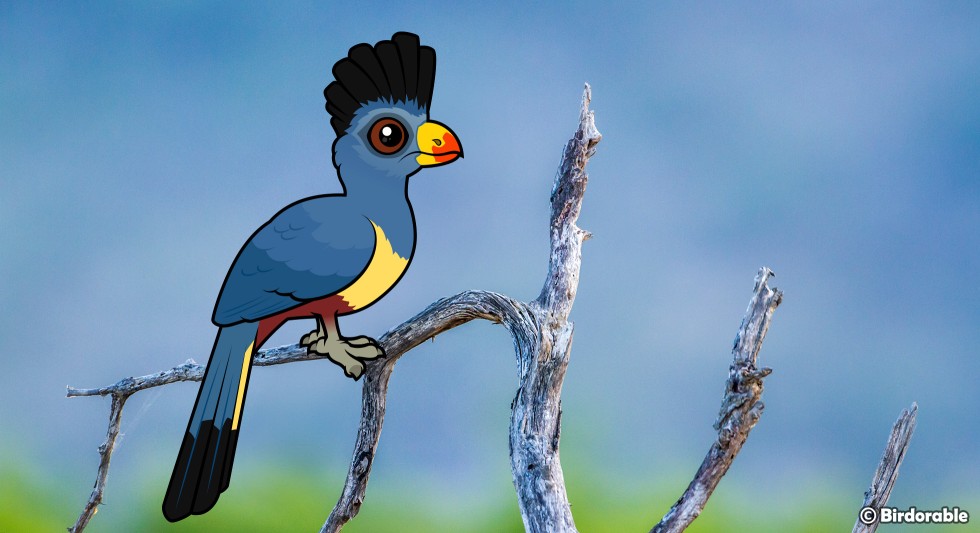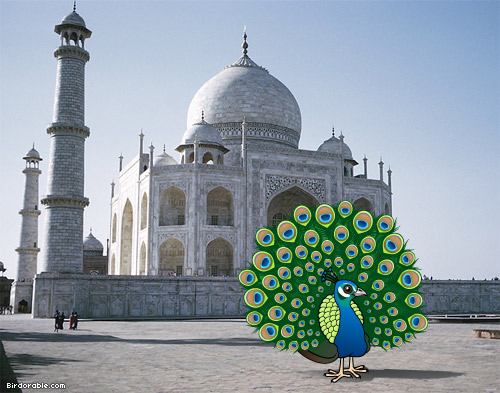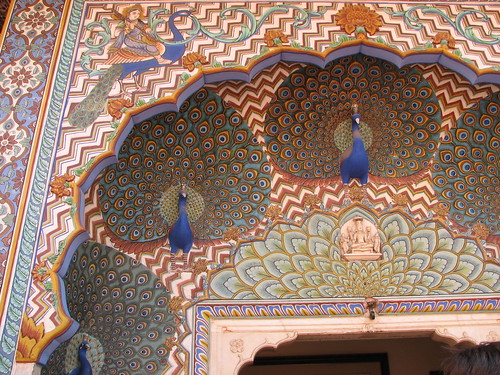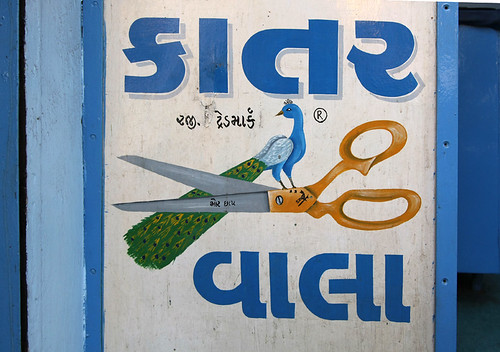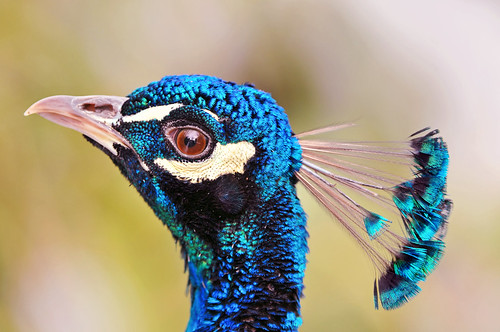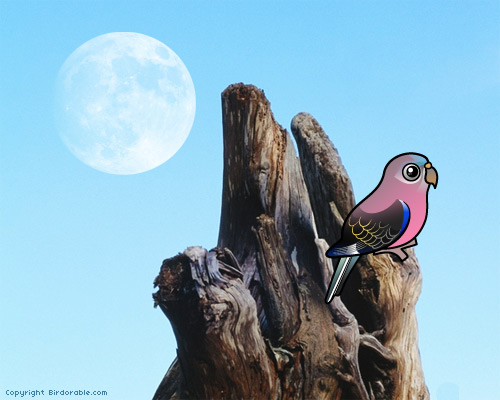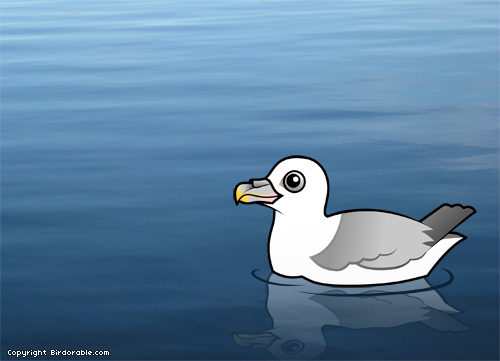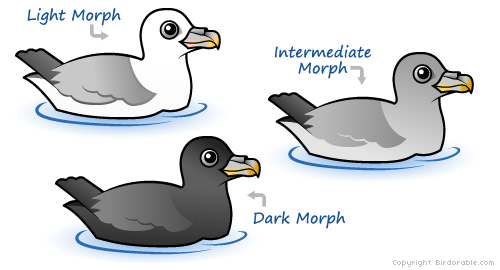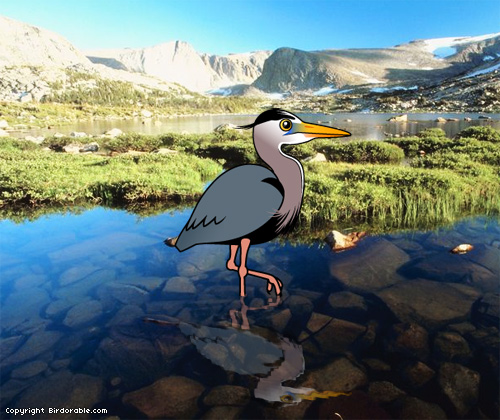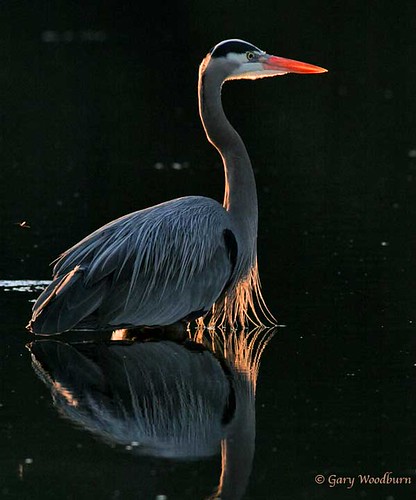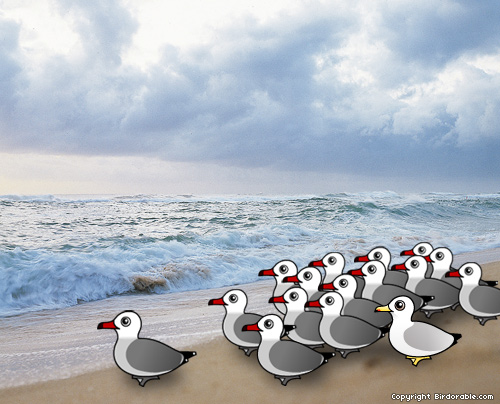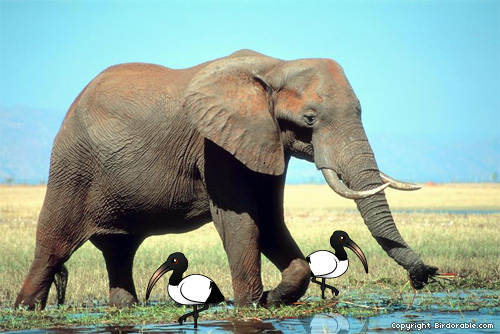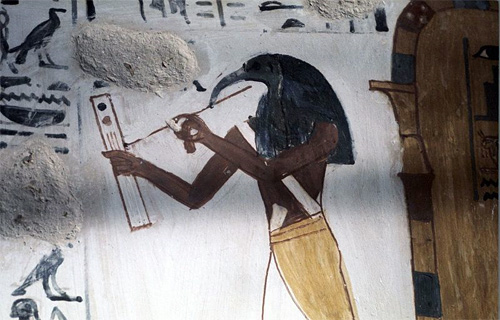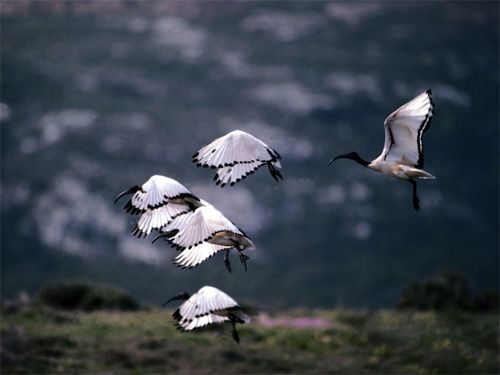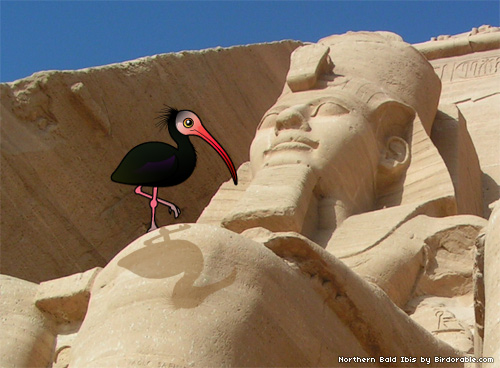
We recently added the Northern Bald Ibis to Birdorable. This bird is a non-wading species of Ibis with a feather-free head. Along with the Southern Bald Ibis, these birds prefer arid landscape over wetlands, and will breed on cliffs rather than in trees. These traits, along with their bald heads, separates these two species of ibis from all others. Unfortunately, the Northern Bald Ibis is a critically endangered species. Originally native to the Middle East, north Africa and south Europe, the species is no longer found in Europe and is declining in its remaining range. A group of 500 wild birds in Morocco make up the bulk of the population today. There are approximately 1100 Northern Bald Ibises living in captivity. The guidelines for conservation and reintroduction of the species were established at an International Advisory Group for Northern Bald Ibis (IAGNBI) conference in 2003. The release of captive birds into the wild has not been successful so far, but several different groups are hard at work on discovering a successful method of release to increase the wild population. Interestingly, the Northern Bald Ibis became one of the world's first protected species by decree of the Archbishop Leonhard of Salzburg in 1504. Despite this status the species still died out in Austria, along with the rest of Europe. And its struggles continue today. If you'd like to learn more about the Northern Bald Ibis and the work being done to save this critically endangered species, visit the IAGNBI website.
